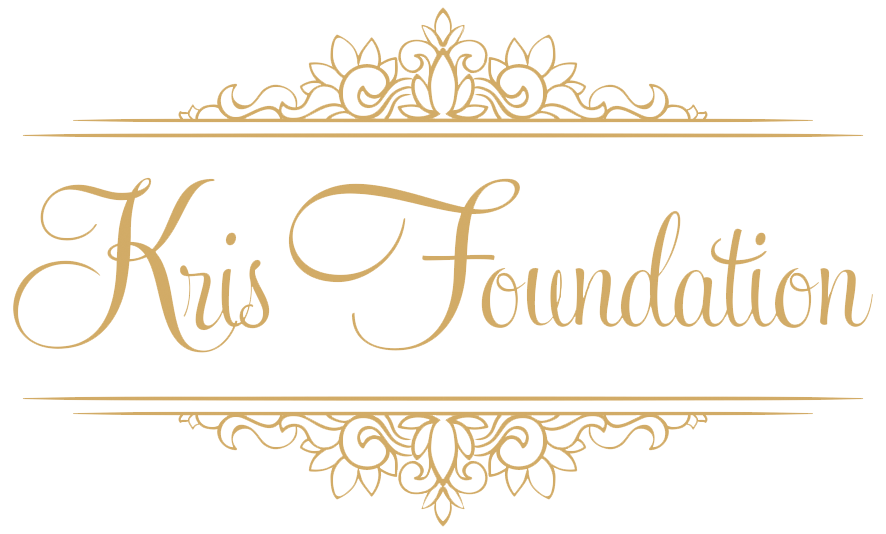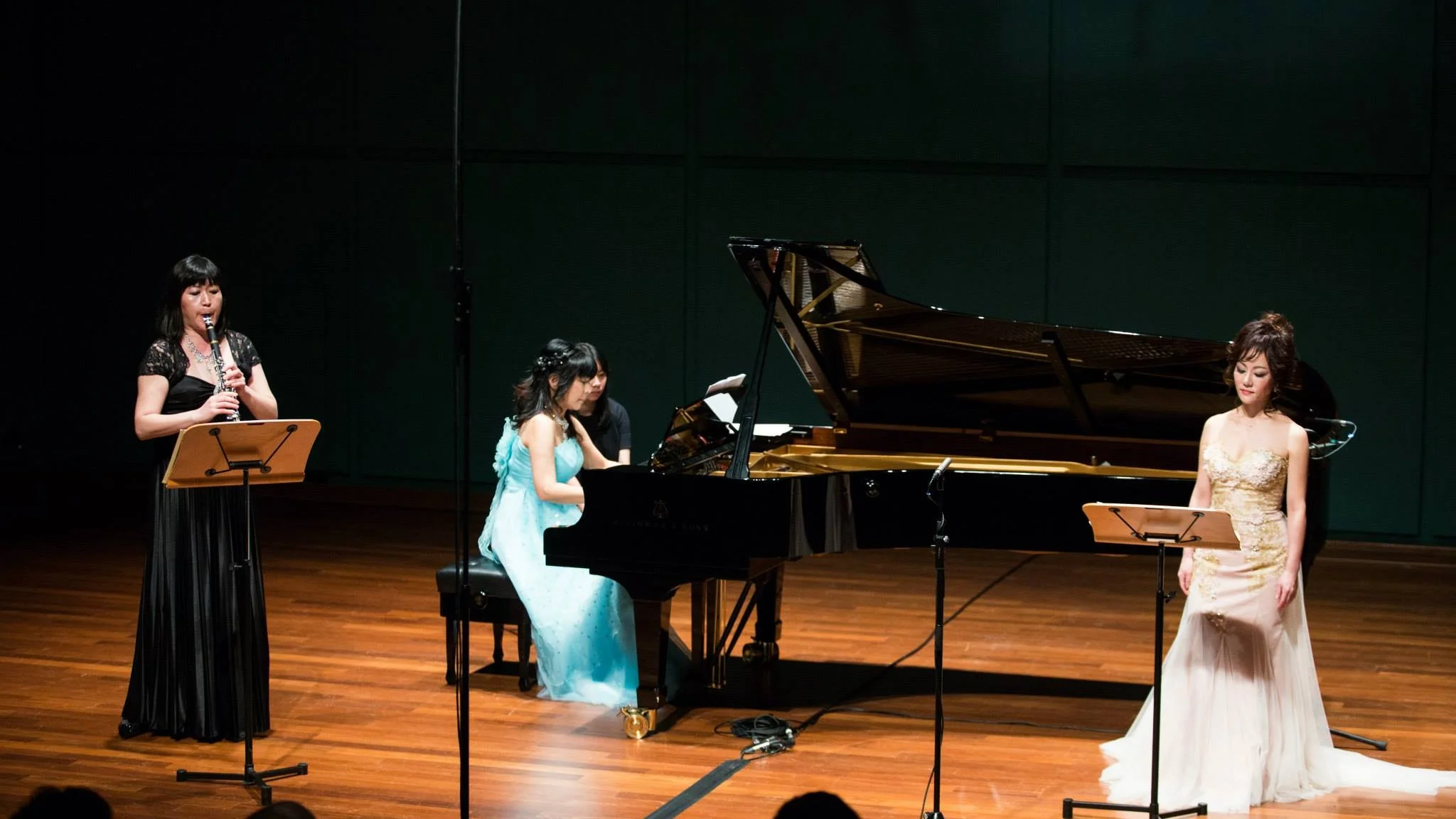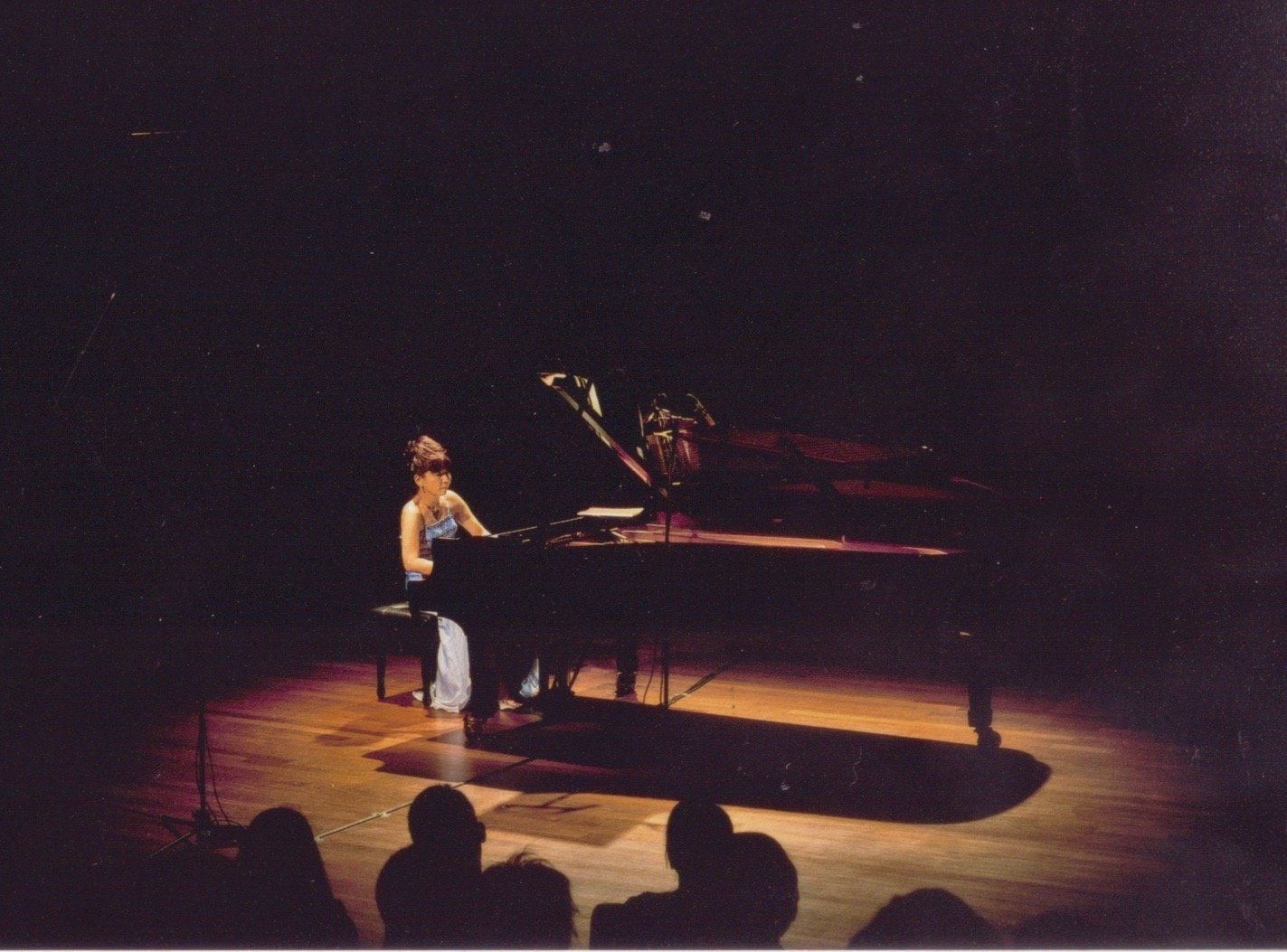Dr. Jeremiah Li
The Rose and the Nightingale (2016) for chamber opera
Although Oscar Wilde’s short story, The Nightingale and the Rose, was first published almost a century ago, one could easily fathom Li’s attraction to set it to music, or even a chamber opera in this modern age. After all, Wilde’s short story has it all: romance, suffering, emotional conflict and hubris. These are themes that not only make for good drama in operas, but will always resonate with humanity. Wilde’s choice of words and subject are also very evocative. By incorporating the nightingale — a bird best known for its beautiful song — as one of the protagonists, the bird’s innate musical quality can already start conjuring ideas for composers. Comparing abstract concepts like love to objects through metaphors and exploring the uncanny within the natural world creates latent expressive potential waiting to be musically realised. The libretto of this chamber opera is Li’s distillation of Wilde’s short story. The composer eruditely removed inconsequential characters and shifted some of Wilde’s original text around to generate a narrative well-suited to the chamber opera genre.
The short story begins with a despondent student lamenting his inability to get a rose for a chance to dance with his beloved at the Prince’s ball. Believing that the student deserves to experience love, the nightingale who witnesses this scene wishes to help. In exchange for a rose for the student, the nightingale has to sacrifice itself to the rose bush by singing all night long against a thorn. The nightingale willingly does as requested and a rose does appear for the student. However, hopes of the great sacrifice being ever acknowledged is dashed by the student’s ignorance and eventual rejection of his beloved. Instead, the student tramples the rose next to the dead nightingale after being rejected and loses faith in the concept of love. In the end, he ironically seeks comfort in books on abstract concepts such as philosophy and metaphysics.
What is particularly striking in Li’s setting of the libretto is the use of the harpsichord. The period instrument is not foreign to the genre since it was commonly used in Baroque operas. Yet the insistence on its inclusion as part of the ensemble, during an age where pianos are ubiquitous, makes it all the more peculiar. It is not unheard of though, as Stravinsky does something similar in The Rake’s Progress by scoring the opera for a harpsichord and a classical-sized orchestra. While one can only speculate about Li’s use of the harpsichord as musical satire as Stravinsky does, what is undoubtedly clear is that both Li and Stravinsky use the period instrument to create a sense of emotional distance between the opera and its audience; throwing them back in time.
In Li’s chamber opera, the music begins with an arppeggiated chord played by the harpsichord. This unassuming chord subsequently sets up a timbral dissonance between itself and the rest of the ensemble, and the auditory shock from its overall effect will certainly alert the audience that something strange is afoot.
Another element that suggests the satirical and a sense of historical distance in Li’s chamber opera is the choice in voice types. Even though the student is stated to be male, Li chooses to use a mezzo-soprano for the role. His decision to contradict the gender inextricably ties the chamber opera to the opera’s en travesti tradition. It is interesting to note that the other two characters (the Rosebush and the Nightingale) are sung by females too. Li avoids the pitfall of muddling the similar timbres of the voices by designating each role with its own tessitura and characterising them with distinct compositional devices. The Nightingale usually sings from the middle to high register, has more virtuosic melodies and is always accompanied by woodwind instruments.
Audiences should also listen for the recurrence of certain musical gestures in the chamber opera as Li uses them symbolically. Some examples include the B♭-G-A♭ motif and the harpsichord’s arppegiated chords symbolising love and the rose, the usage of trill in relation to the Nightingale and the underlying meaning of the student and rosebush being accompanied by the cello.
The Rose and the Nightingale was performed at Kris Foundation’s “Chamber Opera II” on 17 December 2016 at the Esplanade Recital Studio.
Read more about Chamber Opera II.








